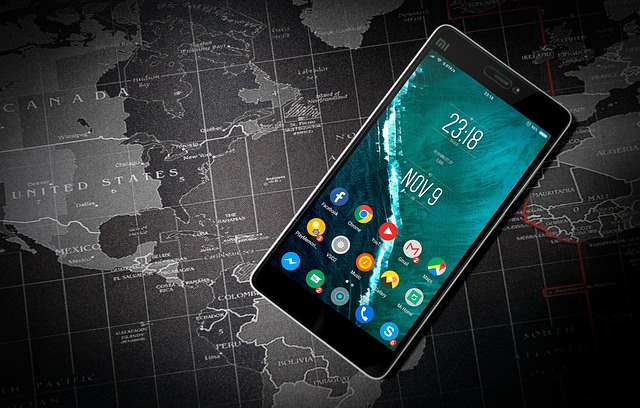Understanding the Relationship Between Screen Size and Resolution Quality
When you first pick up a device—be it a sleek smartphone, a large monitor, or a massive TV—the screen size immediately sets the tone for your visual experience. But beyond just the dimensions, how does that size influence the way images and videos appear on your screen? More importantly, how does screen size interplay with resolution quality to shape what you ultimately see?
The Emotional Connection to Screen Size
Think back to the last time you watched a movie on a tiny laptop screen versus a giant, wall-mounted television. You might recall feeling more immersed in the story with the larger display, appreciating every detail and color nuance. That emotional response stems from how screen size affects the perceived quality of resolution.
A larger screen can make low-resolution content look pixelated and less sharp, leaving you frustrated or distracted. Conversely, the same resolution on a smaller screen might seem crisp and clear, delivering satisfaction and clarity. This feeling of satisfaction or disappointment ties directly to how our eyes interpret the density of pixels spread across the screen space.
Pixels, Density, and Visual Clarity
Resolution is the amount of pixel information packed into the screen, typically described in width x height (like 1920 x 1080 pixels). However, the physical screen size determines how densely these pixels are packed—a concept known as pixel density, measured in pixels per inch (PPI).
If you have a high resolution on a small screen, pixels are packed tightly, making images sharper and text easier to read. On the other hand, the same resolution stretched across a large screen means pixels are more spread out, which can cause a blocky or blurry appearance, negatively impacting your viewing experience.
The Sweet Spot: Choosing the Right Balance
Finding the perfect harmony between screen size and resolution is key to unlocking an optimal visual experience. For users who value sharp detail, investing in higher resolution displays (like 4K or even 8K) makes sense for larger screens. This ensures that the increased physical size doesn’t lead to a loss in clarity.
Conversely, if you mainly use smaller devices, such as smartphones or tablets, moderately high resolutions are sufficient to deliver crisp visuals without draining your device’s battery or overburdening its hardware.
Why This Matters in Everyday Use
The interplay between screen size and resolution isn’t just a technical matter; it profoundly affects how you engage with media and digital content daily. From reading articles and scrolling through social media feeds to gaming and watching immersive videos, the right combination enhances comfort, reduces eye strain, and amplifies enjoyment.
So next time you pick up a device or consider upgrading your screen, remember that the screen size isn’t just about physical dimensions—it shapes the very quality of the visuals you perceive, impacting how connected and satisfied you feel with your digital world.




